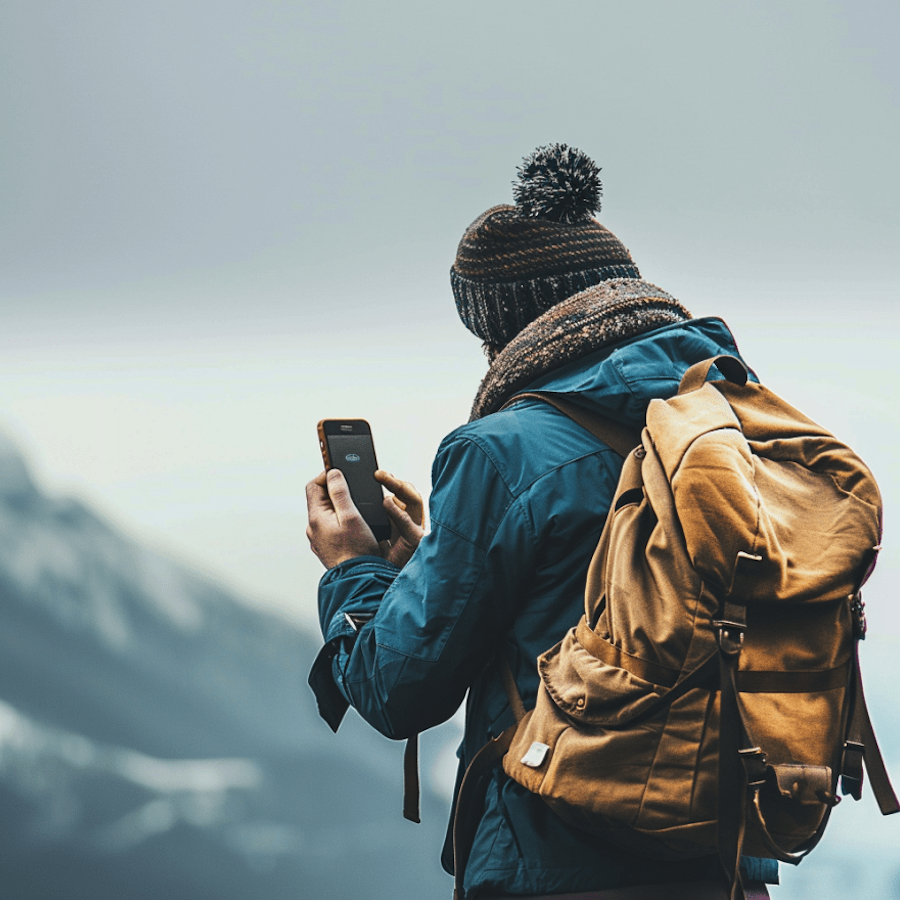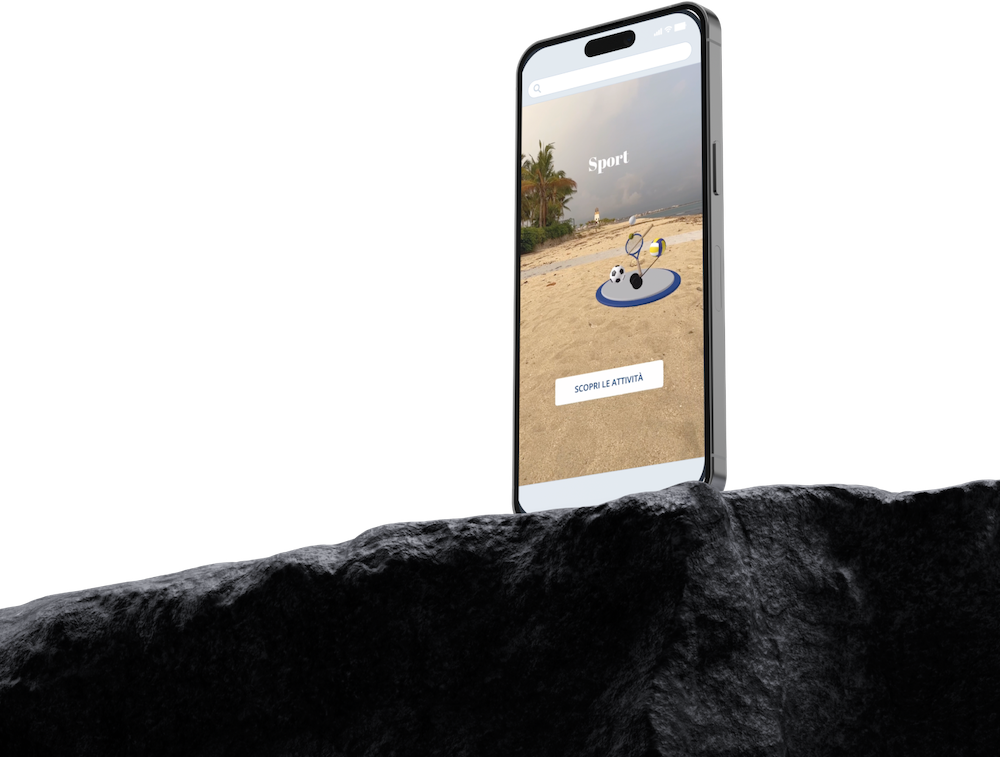Travel
Connect with travelers through eye-catching ads that promote packages, bundles, and last-minute deals, rather than just relying on generic destination shots.
Enable your customers to virtually discover destinations, fueling their desire to travel and promoting bookings, while seamlessly guiding them to your travel deals.

Utilize Aryel AI Insights for privacy-friendly insights into audience emotions and product engagement, discovering facial features and key engagement areas for tailored marketing.

7x
Increased Ad Recall
Versus standard display ads
1.1m
Avg Attention Time
Spent on the display ad
+75%
Higher Memory Recall
Versus traditional content
Leverage Sonar™ to target high-intent audiences with emotional resonance. Powered by GenAI, Sonar™ creates tailored media plans using audience behavior, emotions, and demographics.

